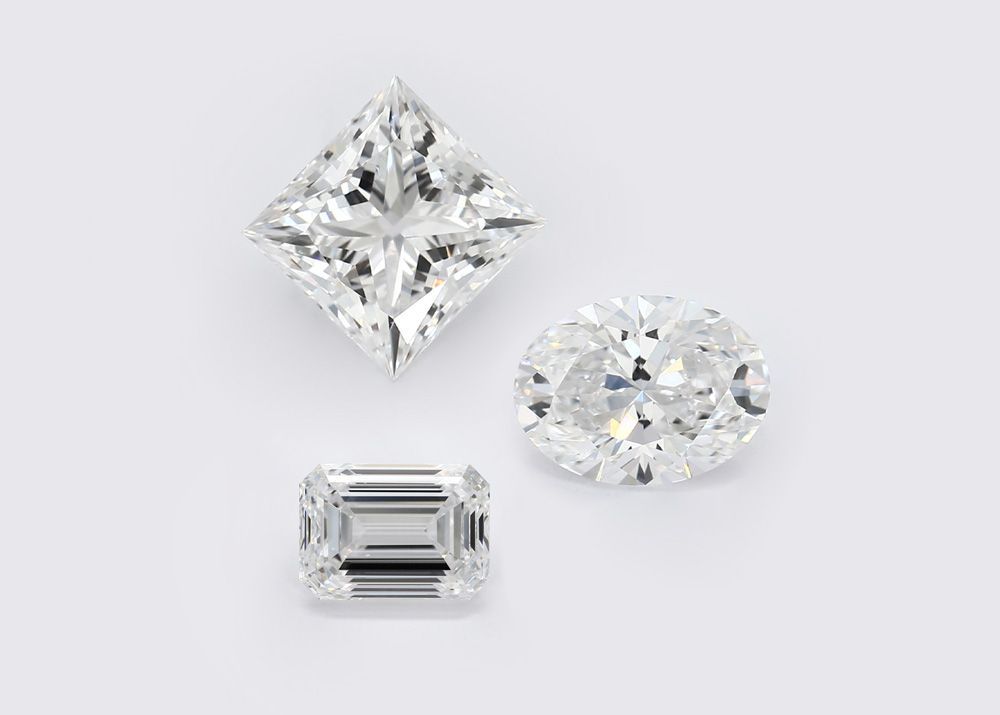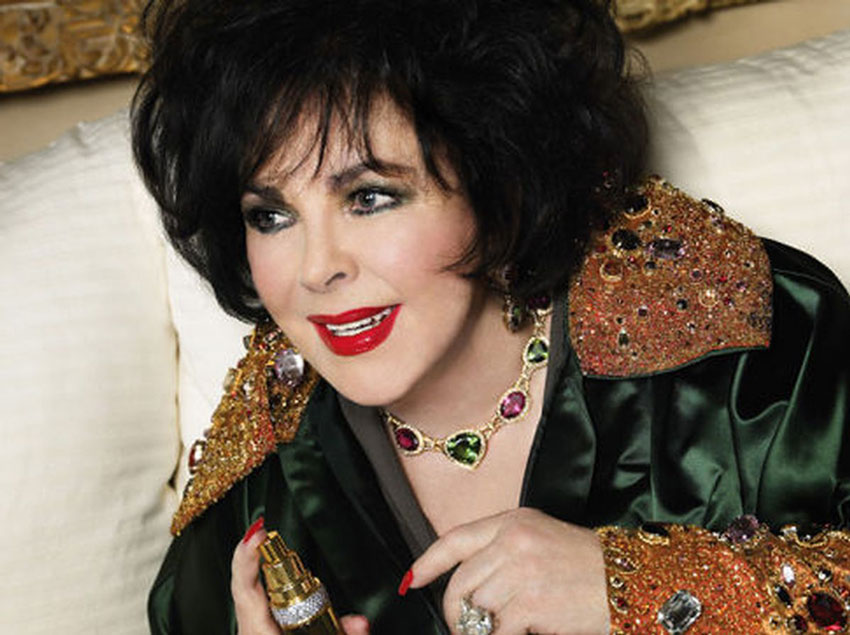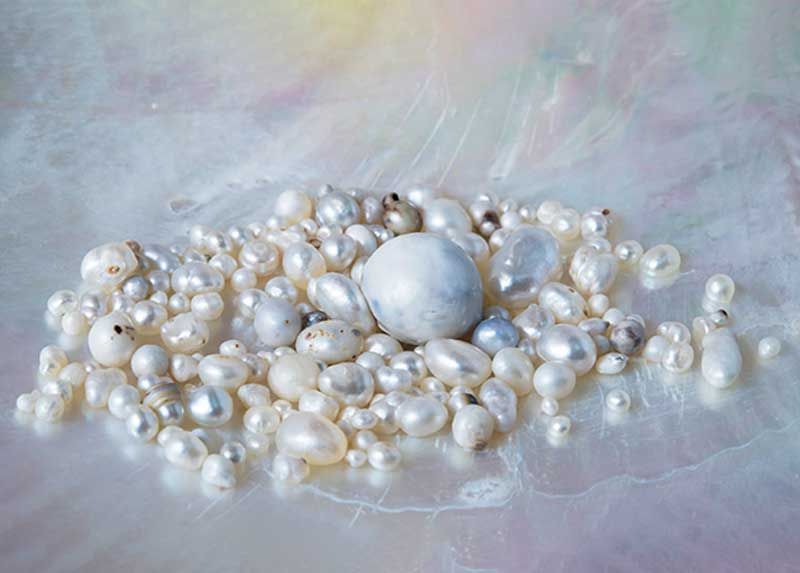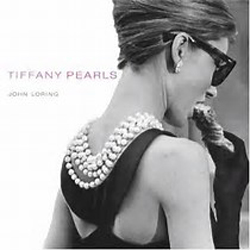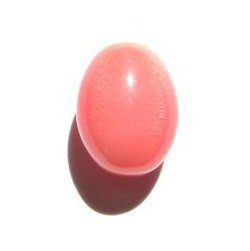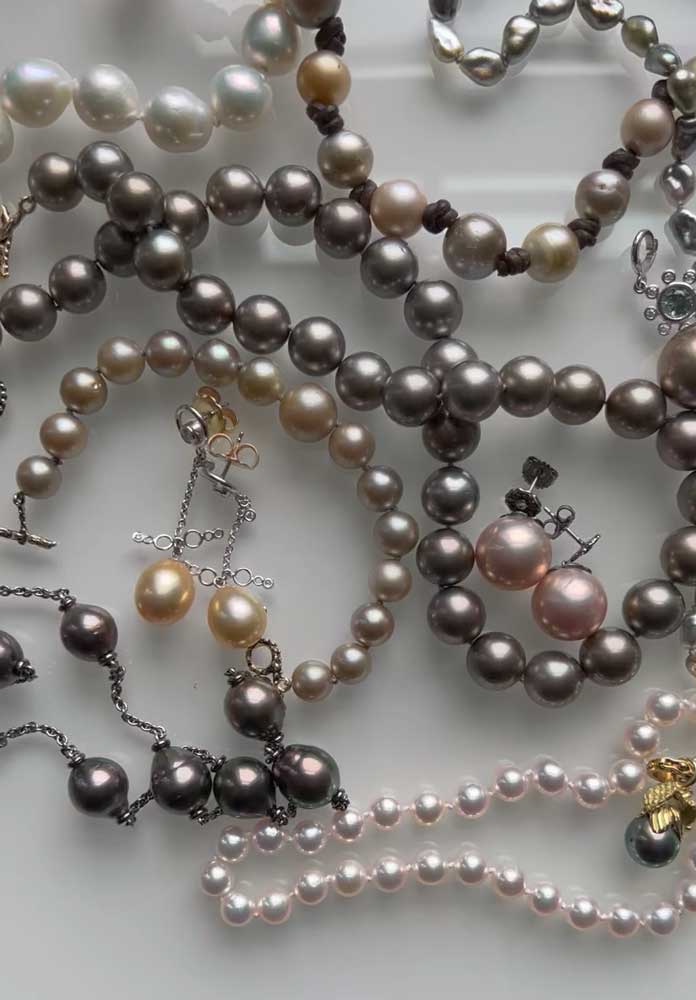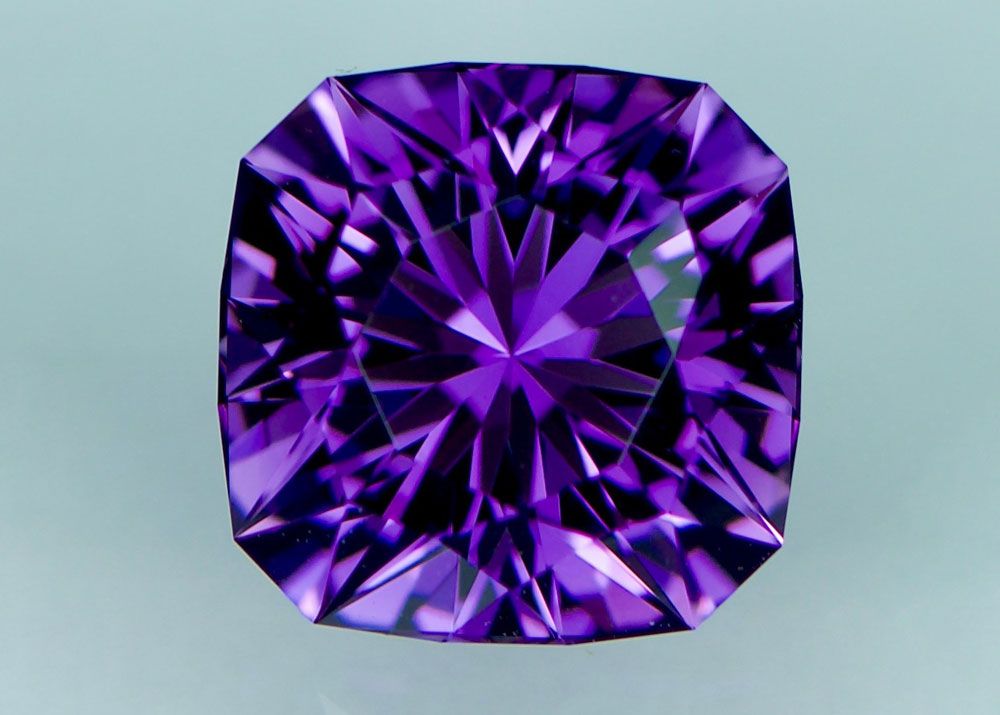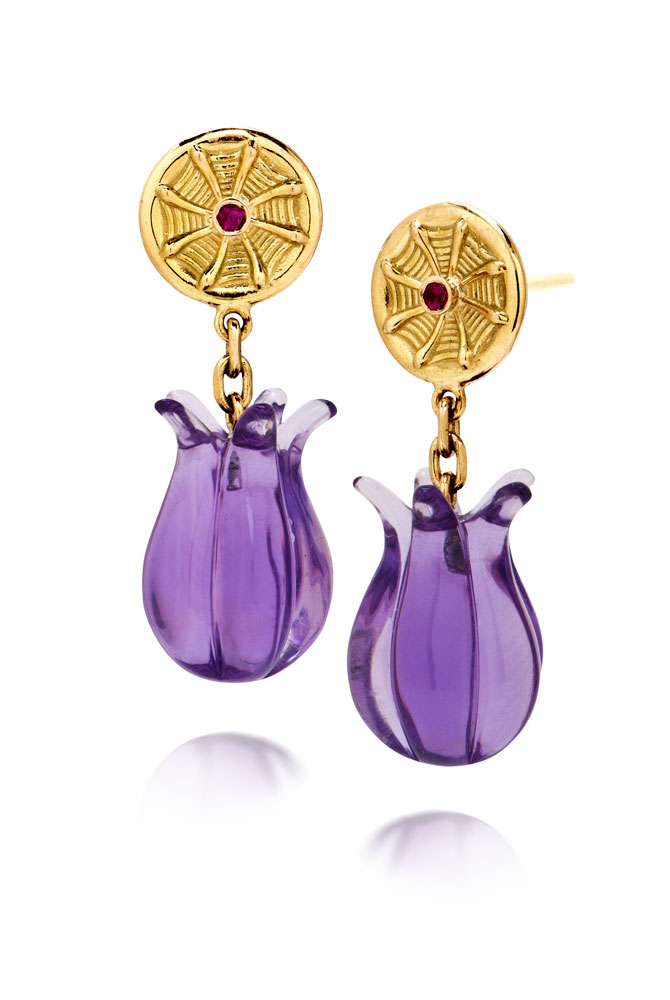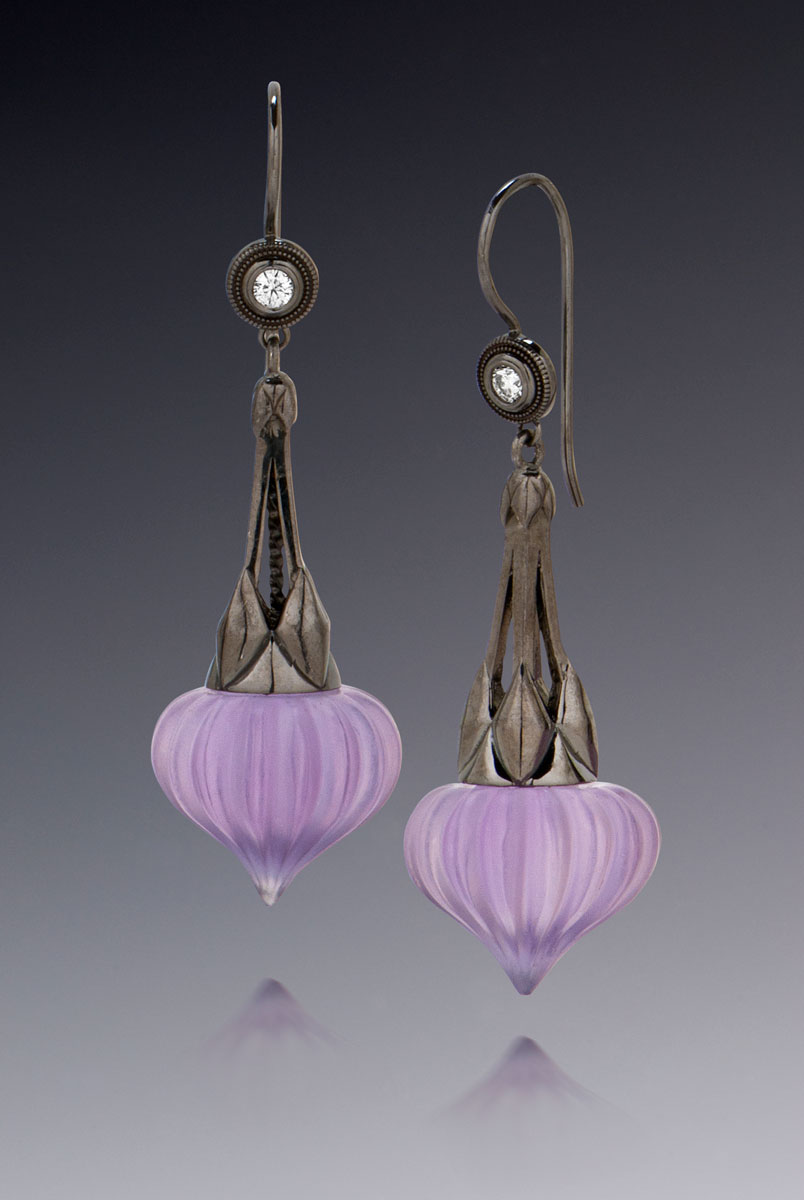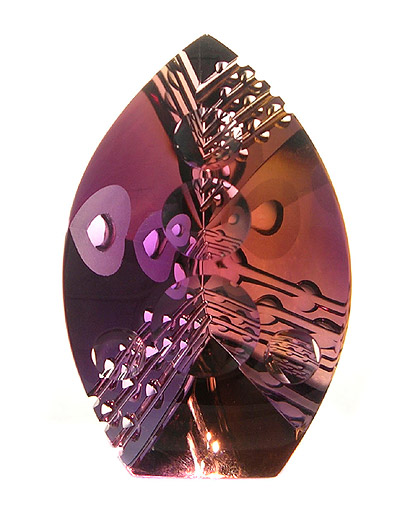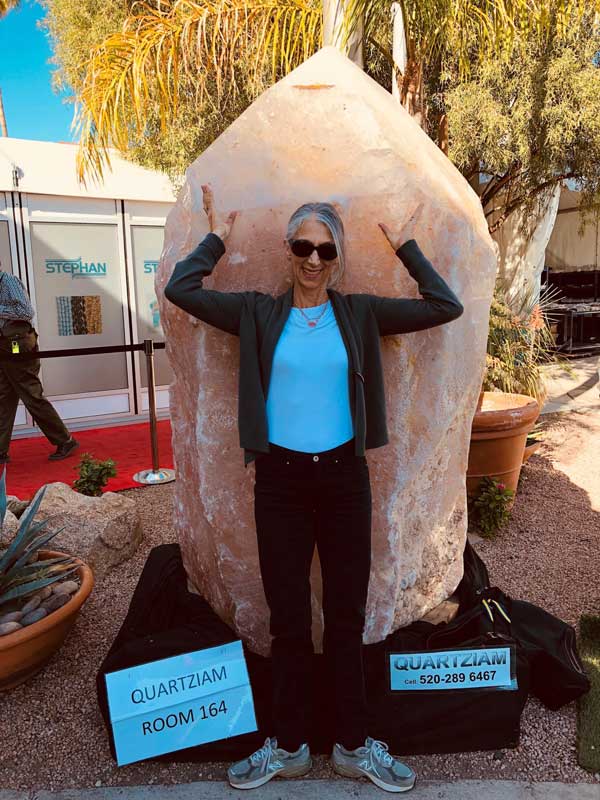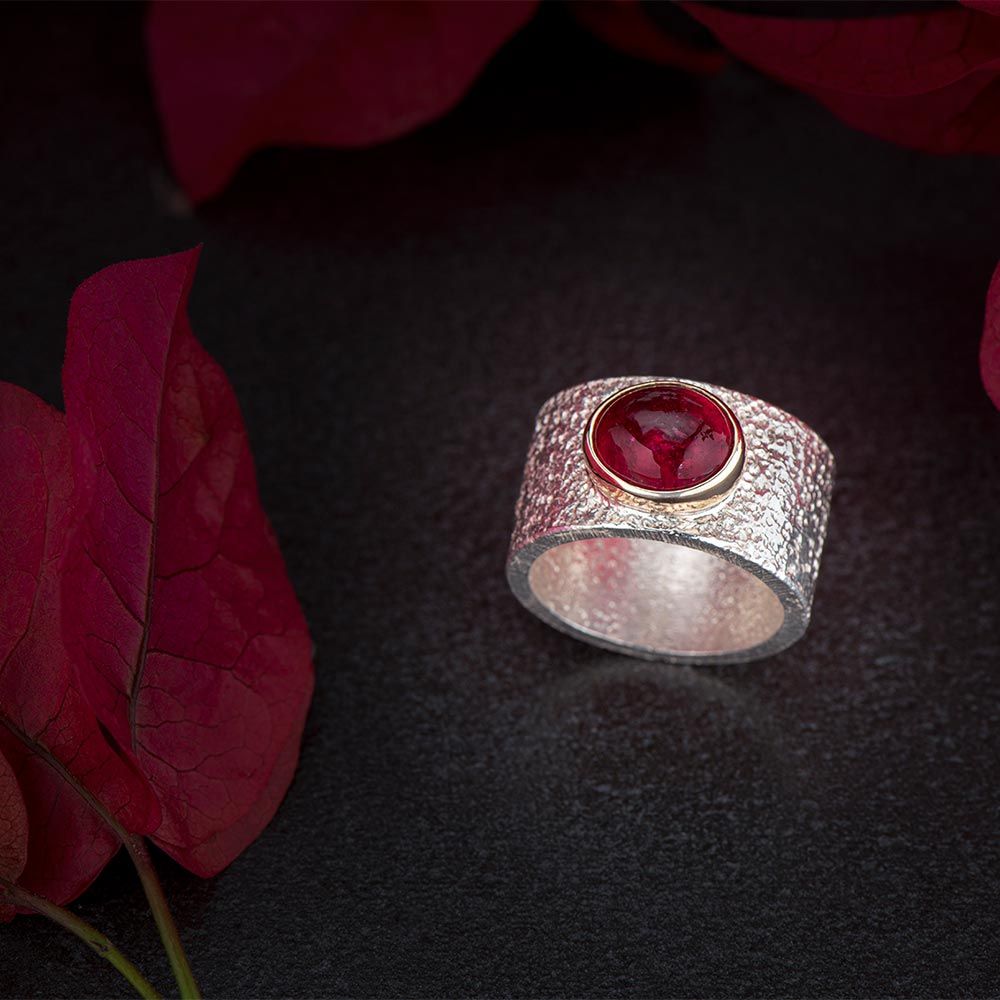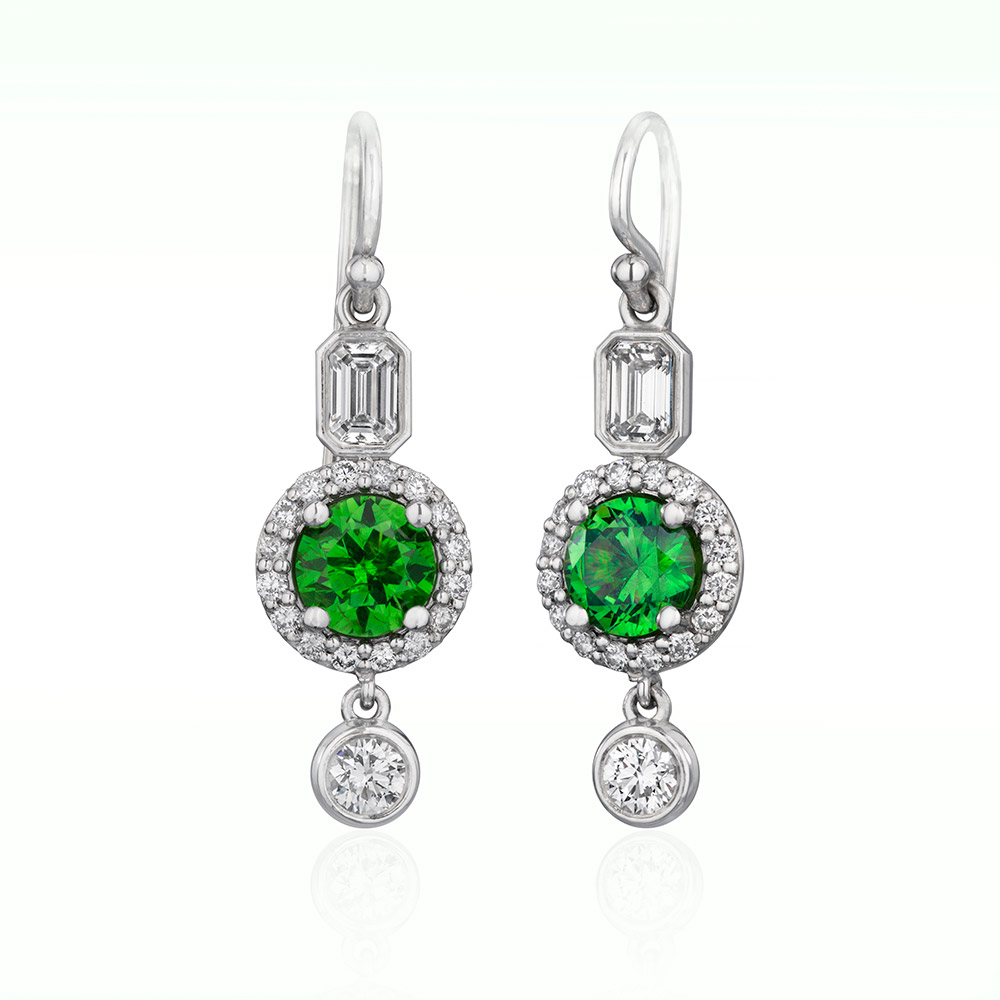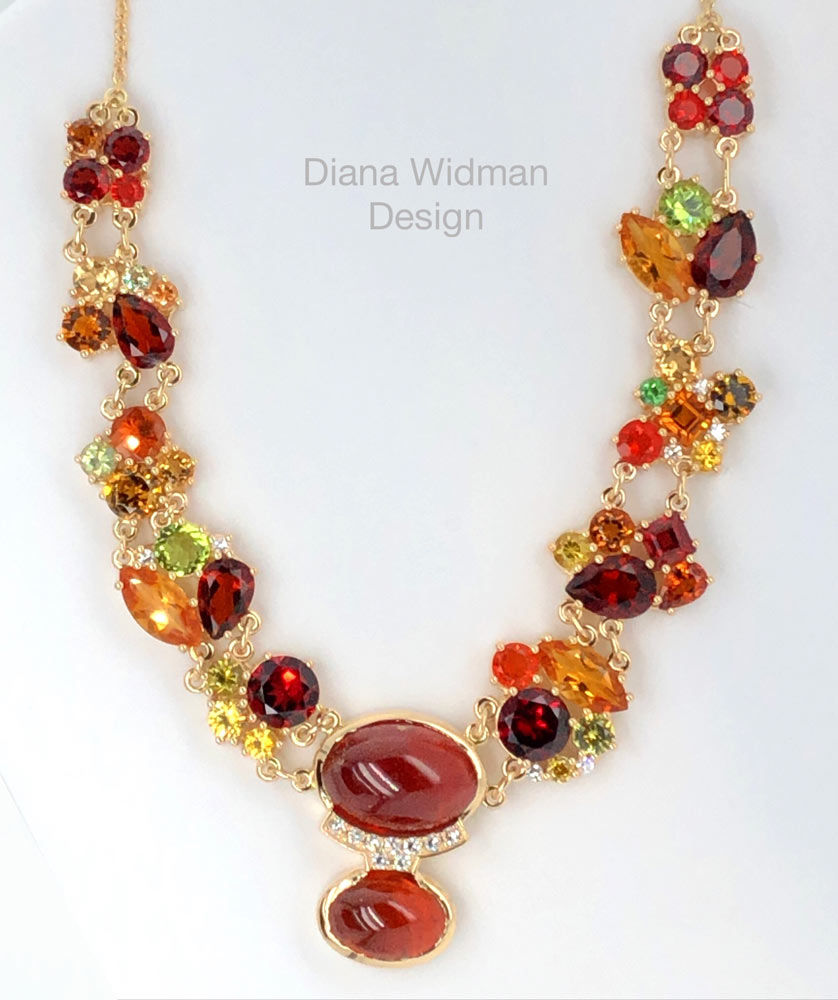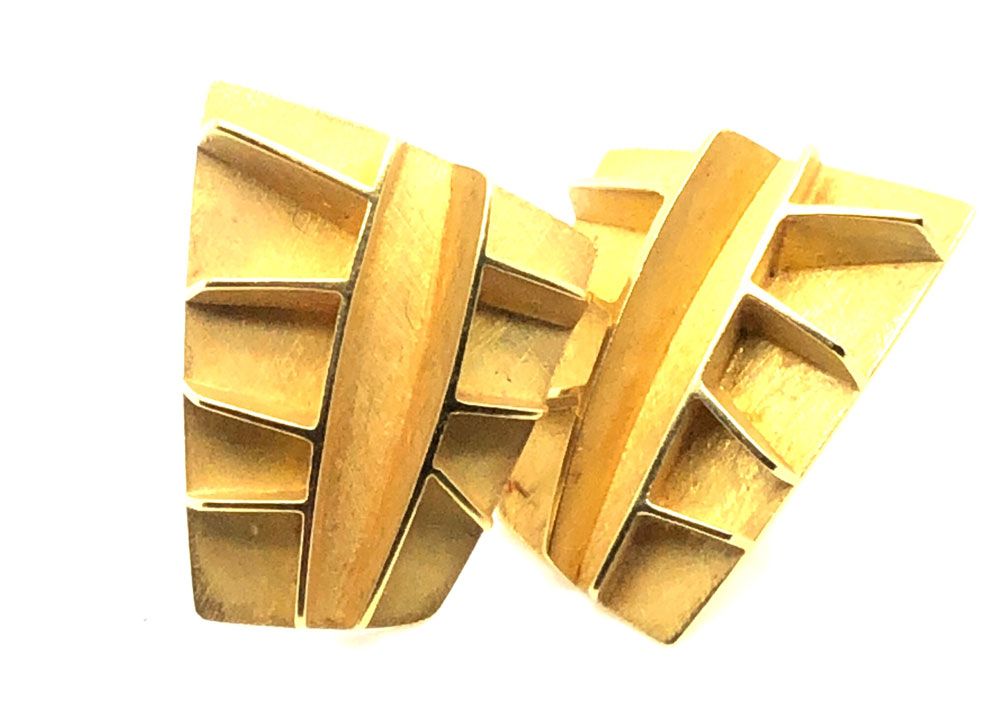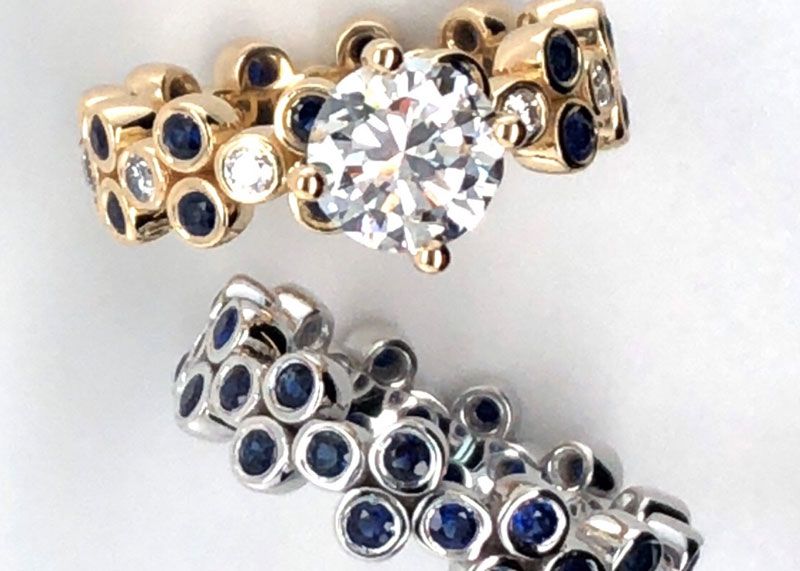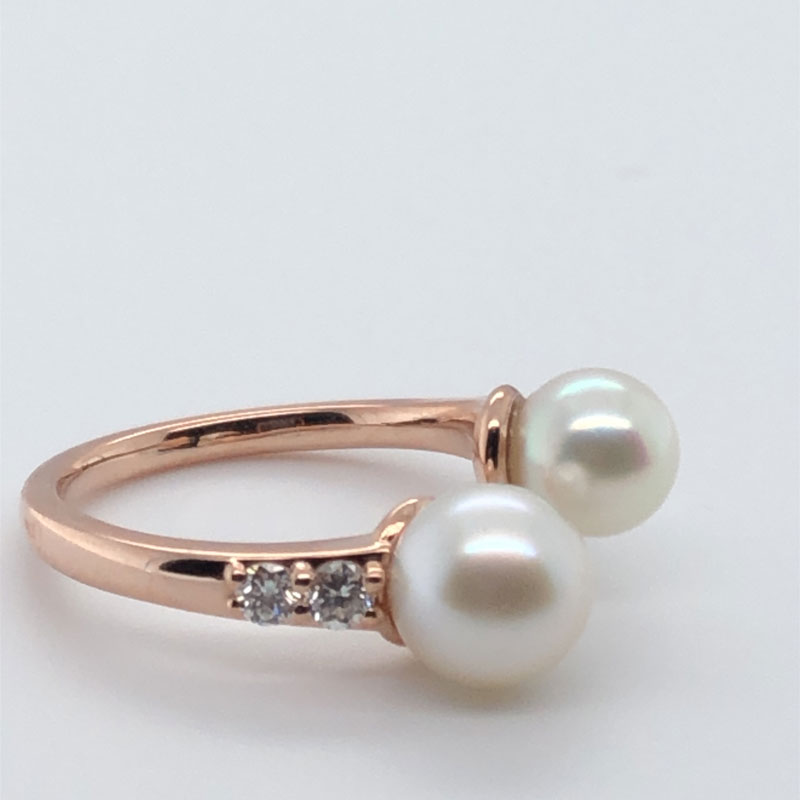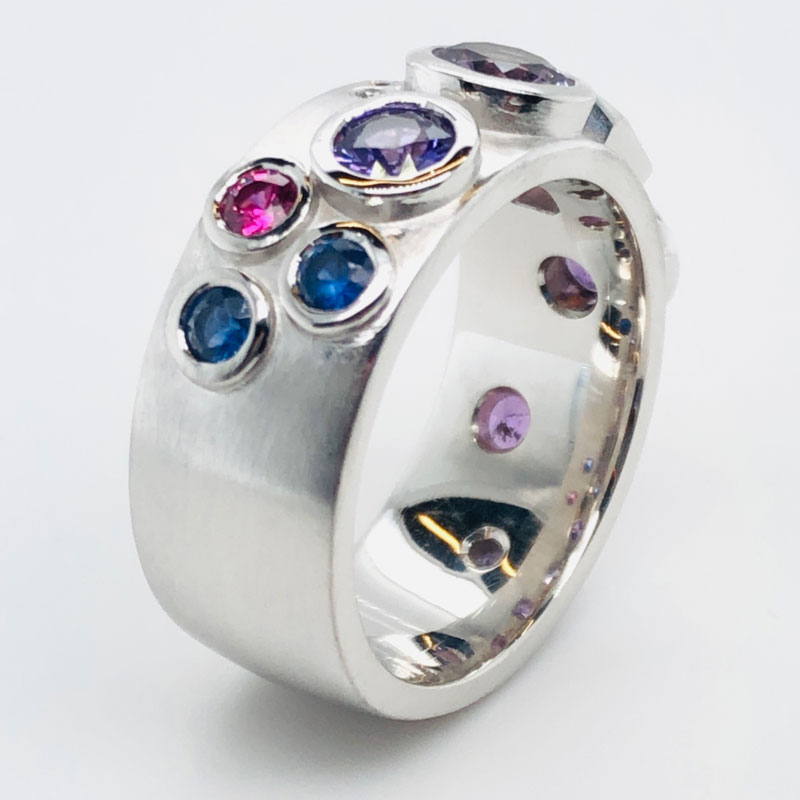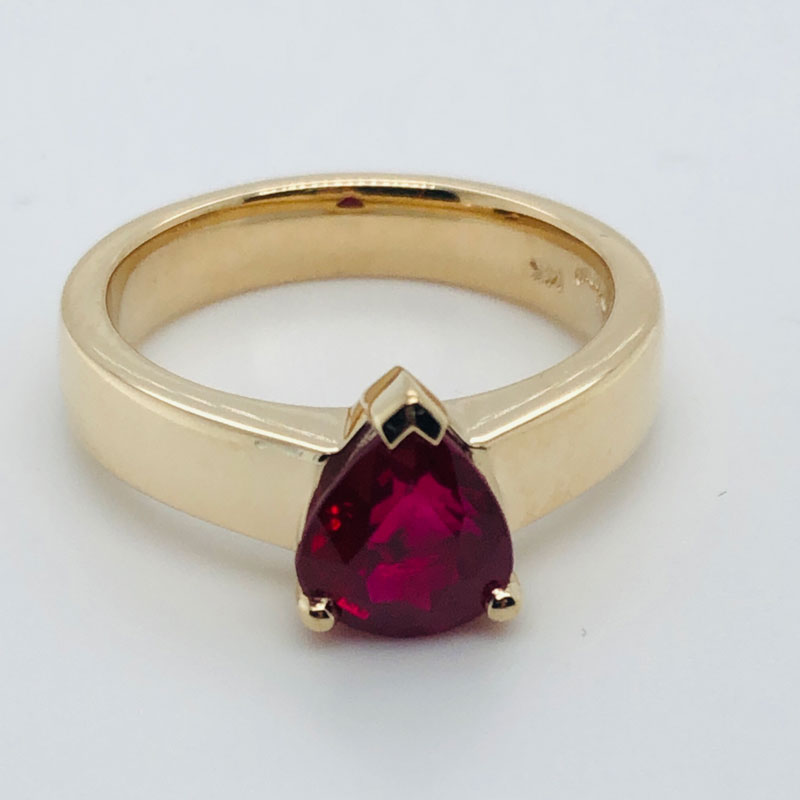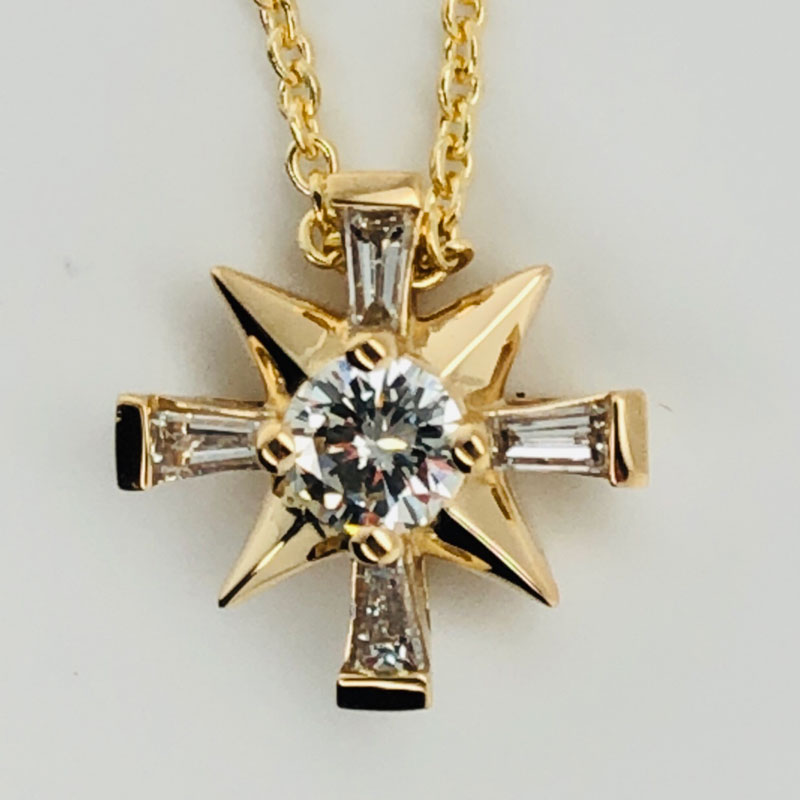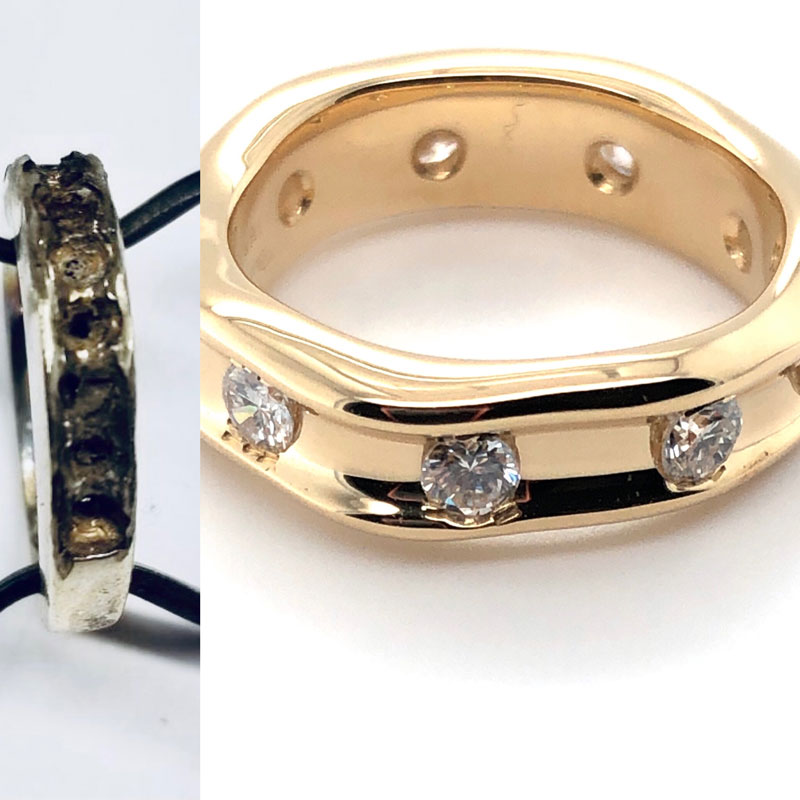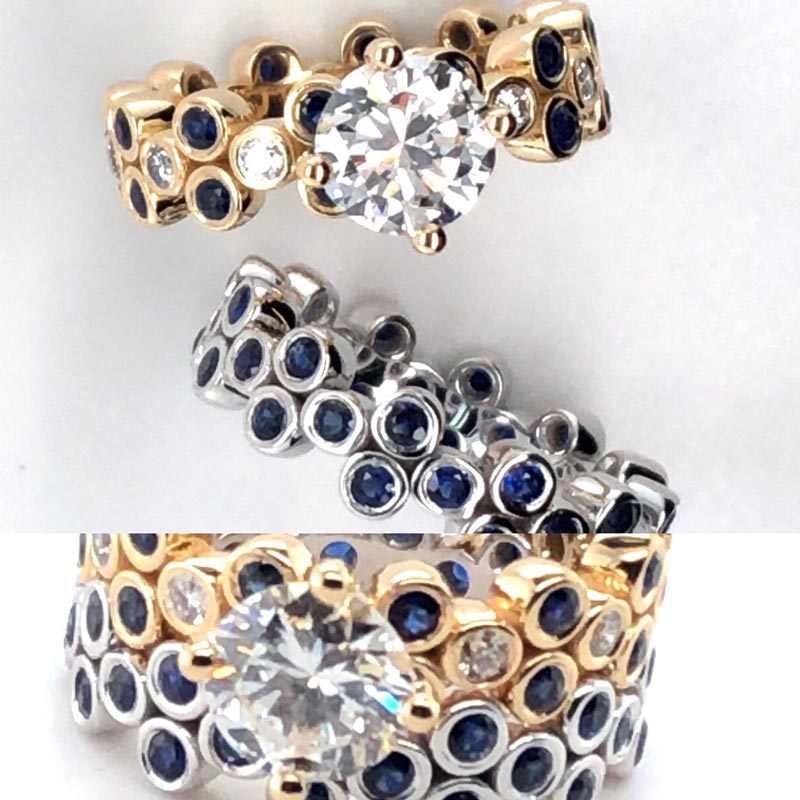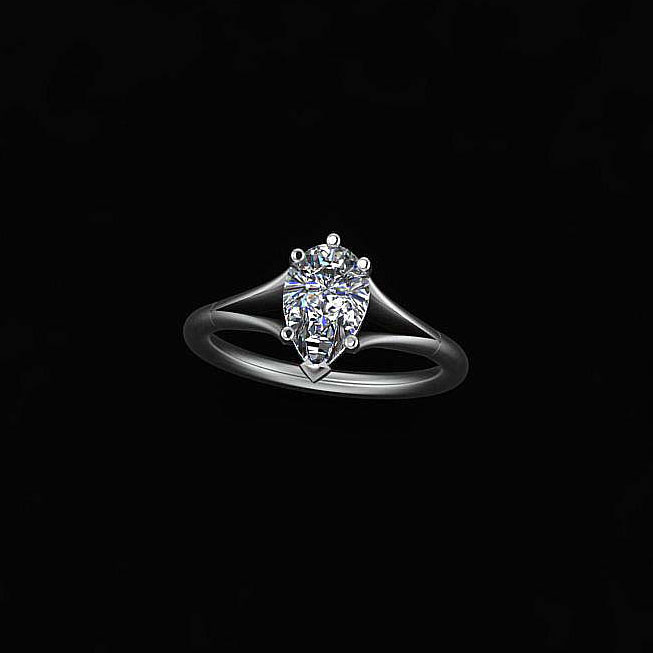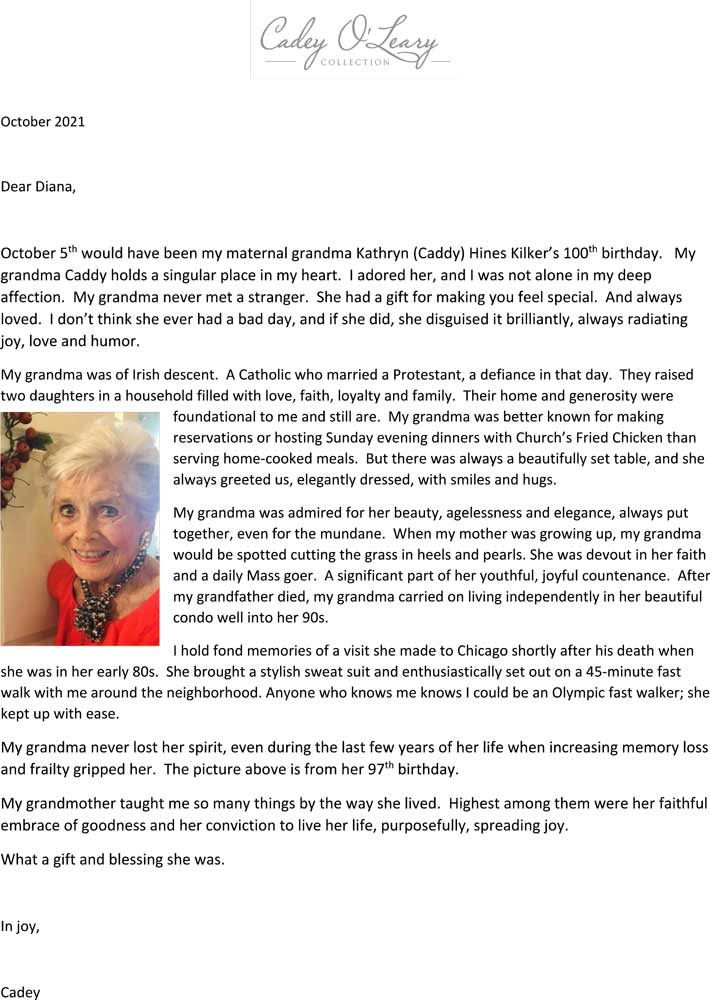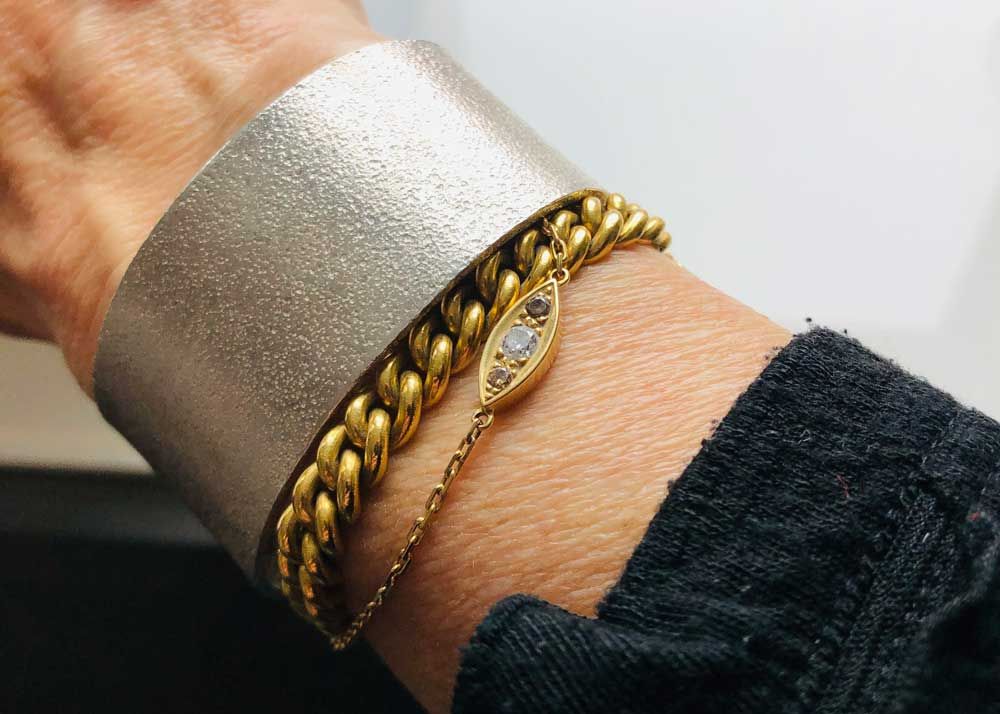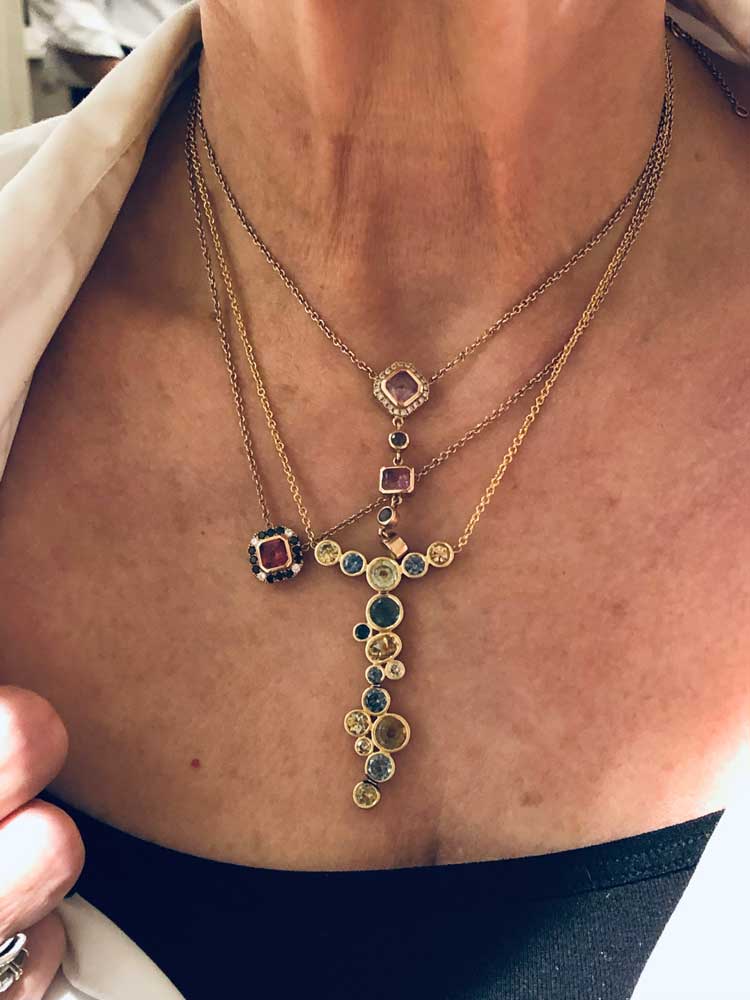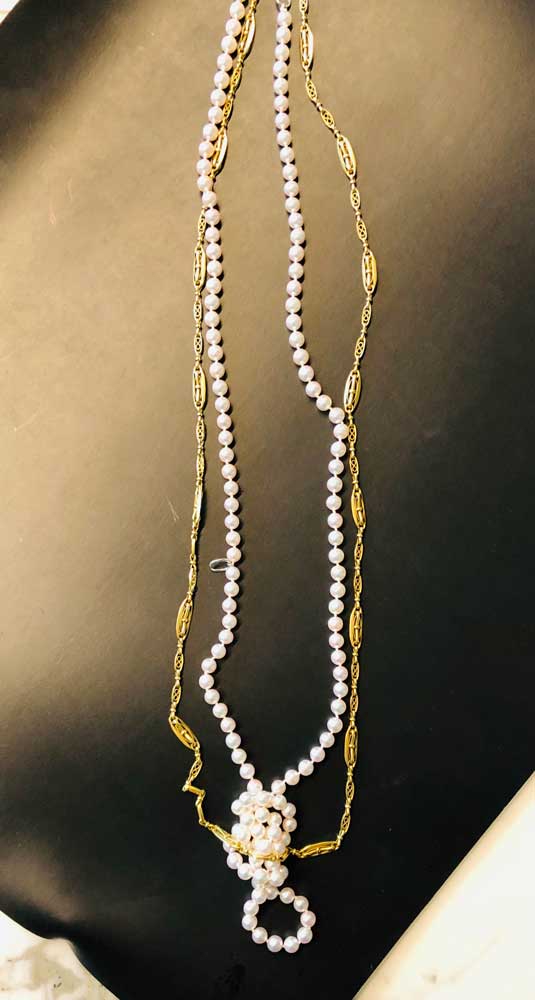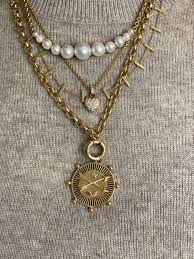I love my appraisal work. Appraisals expand my exposure to pieces I would never know about and help clients know what they have, either for insurance or estate purposes. I thought I’d offer you a glimpse of a recent appraisal, with identifying information redacted.
This report took many hours because I researched each piece and expanded (or amended) the original jeweler’s appraisal to include background information about the manufacturers, which, in some instances, was important or just plain nice to know.
A professional appraisal requires knowledge and experience in consumer and materials markets, research capability, and manufacturing knowledge. Consideration is given towards rarity, historical value, provenance, and replacement possibilities. We need to maintain objectivity.
One thing that is important is knowing which price to assign to a value. Are you insured for full retail value? Replacement value “Used?” Which type of market is most common for the piece? Most insurance companies will allow you to insure an item for a particular (often too high) value and then, in a loss situation, will not give you the full appraised amount.
Perhaps the seller gave you a good deal or maybe they wanted you to feel like you got a good deal. So, you’ve been overinsuring the piece, paying the premiums, and have no chance of getting that amount of money when you need to replace it. Other insurance companies will force you to use their suppliers, who may or may not be able to be as concerned with quality as you might want them to be because they are price-restricted.
When clients ask me for an appraisal on a piece I just finished, I simply put the receipt into an appraisal report format. That’s because I charge a reasonable market price for my work and I am not going to guess whether the market for metal or stones is expected to go up or down. It is what it is today and that’s what you should pay for.
Appraisal Report
Date: October 6, 2021
Introduction and Purpose
This report is prepared at the Client’s request to update jewelry appraisals for insurance purposes. The price of gold has risen sharply since these were purchased, as has the value of emeralds.
The market prices in this report are not a guarantee of value because desirability, fashion, and other global influences move prices in unanticipated directions. These items show some wear as would be expected in a longstanding personal collection. They are manufactured with skill and contain generous amounts of 18KT gold.
Diana Widman, Graduate Gemologist (GIA), Appraiser: Appraisers International Society license 0051 AISCV, AVS-GJV, AiV: advanced gems and jewelry valuer, designer, metalsmith
312-346-2363 This email address is being protected from spambots. You need JavaScript enabled to view it.
Item Description
Ladies solid gold link bracelet designed by Sauro, an Italian manufacturing firm. Sauro manufactures both classic and high-tech pieces using unusual materials such as wood, ceramic, and carbon fibre. Client’s bracelet is beautifully engineered and the clasp is unique to Sauro. Client’s bracelet is no longer shown in their collection. Piece is 18mm wide with an open, rectangular link weave.
Bracelet weighs 64 grams which is the equivalent of two troy ounces.

Item Description
Ladies 18KT yellow gold open, oval link, woven bracelet stamped with “18KItaly” on the clasp. Bracelet has five stations made of white gold and shared prong-set set with 55 diamonds weighing 1.87 total carats. Diamonds are full cut, SI1-SI2 clarity with a GH color grade. Bracelet weighs 39 grams which is the equivalent of 1.5 troy ounces.
Client was told that this bracelet was manufactured by an Italian firm named Brassolini however research suggests the firm’s actual name was BRASOLIN Milan. They were a high-end manufacturer of gold and diamond jewelry. Appraiser cannot find any company stamp on the bracelet and research suggests that the firm may no longer be in business, but this style is consistent with their product.

Item Description
Pair of 18KT gold, post earrings signed and stamped by Danish designer and goldsmith Nicolai Appel. Appel apprenticed at Georg Jensen and received his design training at the Institute of Precious Metals in Copenhagen, Denmark. Nicolai Appel is a well-respected artist who also now designs and manufactures silverware for upscale restaurants.
His jewelry work is collectible as fine art jewelry.
This design is part of a series that Appel executed in silver and gold.

Item Description
Ladies 16”, 18KT yellow and white gold dome collar necklace with diamond accents.
Solid, half-domes of gold are invisibly hinged and interspersed with diamond-set domes on the lower third of the necklace. The back of the piece is finished with filigreed closures on diamond- set domes. Fine manufacturing. Piece appears to be Italian-made. Gold weight is 80 grams which is the equivalent of approximately 2.57 troy ounces. Diamond weight and quality is 1.31 carats of round brilliant, F-G color, VS clarity gems.



Item Description
Two-tone diamond band made of 18KT yellow and platinum.
Diamonds: total carat weight is 2.42 carats. Diamond color is GH and clarity from SI1-SI2. One diamond is chipped on the table as is consistent with wear.
The two, half-round halves of this band are welded together and drilled for stone placement and light passage. Stones are flush set.


Item Description
Emerald Suite: Earrings and Ring
Emerald Ring: One 18KT yellow ladies emerald ring with diamond accents. Center stone measures 6mm x 4mm. Emerald color is a vivid, deep green. According to the GIA scale, this gem color is Dark, Strong, very slightly bluish green. Under magnification, this gem appears to have been treated with oil, as is standard for most emeralds. Abraded facet junctions and two small chips on the table are a sign of wear. Stone weighs approximately .4 carats and would be valued at about $1125. The setting holds .70 total carats of round brilliant diamonds with a GH color and SI1-SI2 clarity. Ring stamp 750 / copyright NS (Nova Styling.)
Earrings:
These hinged, clip-hoop earrings are stamped “18KT Italy.” Emeralds weigh .60 carats and are a strong, slightly bluish green. They are slightly included with small fractures that are normal for emeralds. Diamonds are G color, VS clarity, .63 total carat weight, and bead set in yellow gold.

The report is written only for the benefit of both the Client and reasonably foreseeable Third Parties, including but not limited to insurance companies, estate tax bodies, heirs, asset values in case of a divorce trial, etc. Information provided in this report is to be used only for the Intended Purpose and is not valid if used for other purposes. In this case, this report was written to update jewelry values for the Client and their insurance carrier.
Contingent and Limiting Conditions: Valid Ownership of Property: The creation of this report is done under the assumption that the client owns the item(s) outright and has no liens, loans based on the item, or undisclosed co-owners. Diana Widman Appraisal and Design Services has no ownership interest or plans to purchase the item(s) evaluated in this report. __________ initials
This value is my professional opinion, not an absolute guarantee of worth. It is based on market conditions found on the date of the report and is not applicable to any other date or any other use.
A Note about Values: Item(s) described in this report are given a value for the stated Intended and Assigned Use, i.e. Fair Market Value, Consumer Insurance Replacement-New, Pre- or Post- Sale Appraisal, Estate Tax, Sale into a Particular Market.
My opinion of monetary worth might change under different market conditions and at different times.

